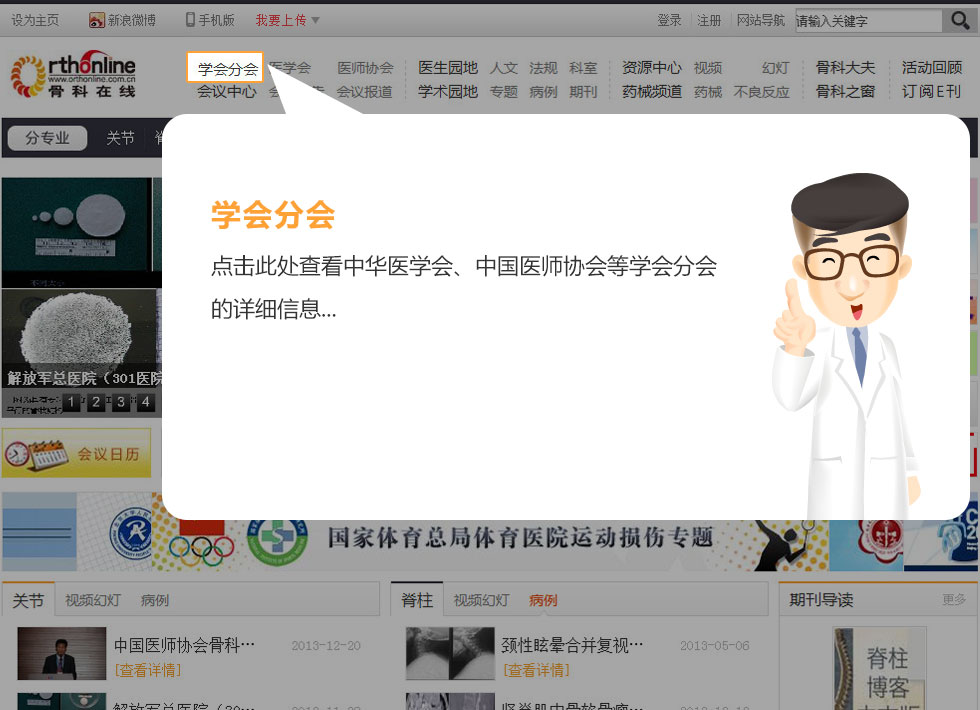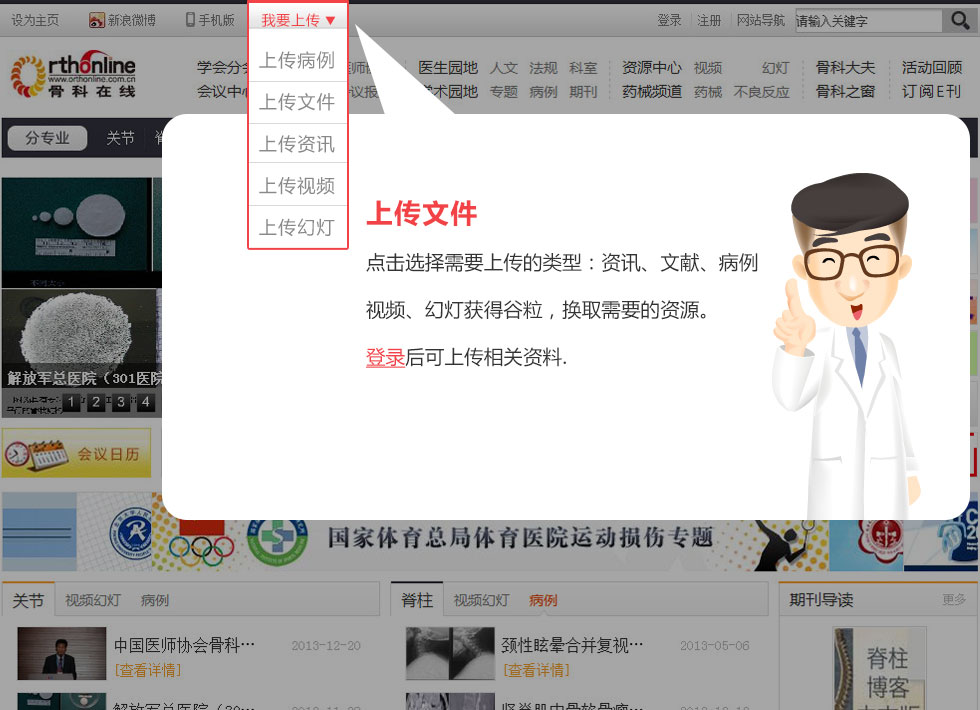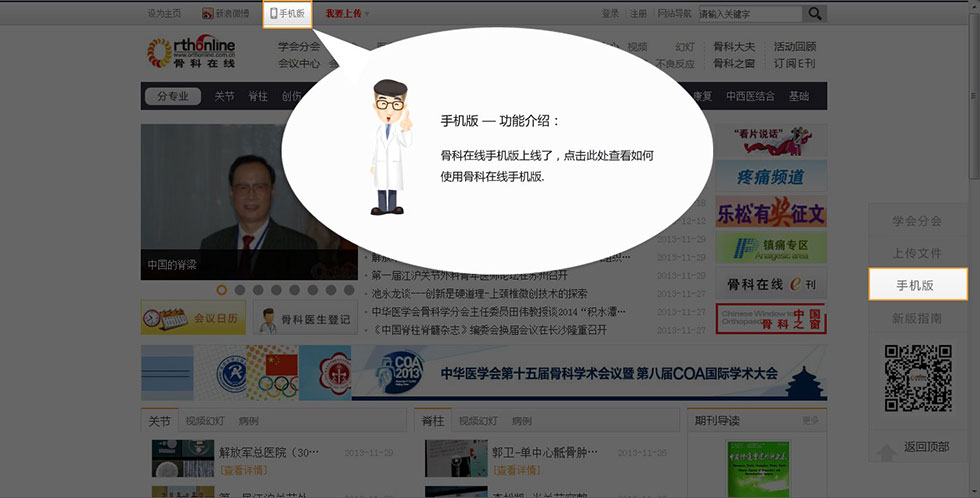Pathogenesis of coxsackievirus B3-induced myocarditis: role of macrophage migration inhibitory factor
第一作者:YU Xiao-hua
2012-08-17 我要说
YU Xiao-hua, LI Shuang-jie, CHEN Rui-zhen, YANG Ying-zhen , ZHANG Ping
Background Macrophage migration inhibitory factor (MIF) is an upstream regulator in immune and inflammatory responses. However, its role in viral myocarditis remains unknown. In this study, we investigated the role of the MIF in coxsackievirus B3 (CVB3)-induced myocarditis.
Methods Mice were randomized into two groups receiving either Eagle’s minimal essential medium (EMEM, control group) or virus solution (infected group). Subsets of mice in the infected group were sacrificed on days 3, 7, 14 and 28 after inoculation. Expression of MIF was detected using an enzyme-linked immunosorbent assay (ELISA), reverse transcription polymerase chain reaction and immunohistochemistry. A neutralizing antibody (Ab) to MIF was injected intraperitoneally from day 0 to 7 after inoculation. Disease severity was estimated by histopathology of the heart and by the heart weight to body weight ratio, and the interleukin-1β (IL-1β) and tumor necrosis factor α (TNF-α) in the myocardium were measured by ELISA on day 14.
Results The serum MIF concentration and expression levels of myocardial MIF mRNA and protein were significantly elevated in mice on days 7 and 14 post-infection. The survival rate was markedly higher and disease severity was obviously less in mice treated with anti-MIF Ab. Furthermore, MIF blockade significantly decreased the IL-1β and TNF-α in the myocarditic heart.
Conclusion These results demonstrate that MIF is an important naturally occurring inflammatory cytokine in CVB3-induced myocarditis, and anti-MIF Ab may lessen the inflammatory response.





 京公网安备11010502051256号
京公网安备11010502051256号